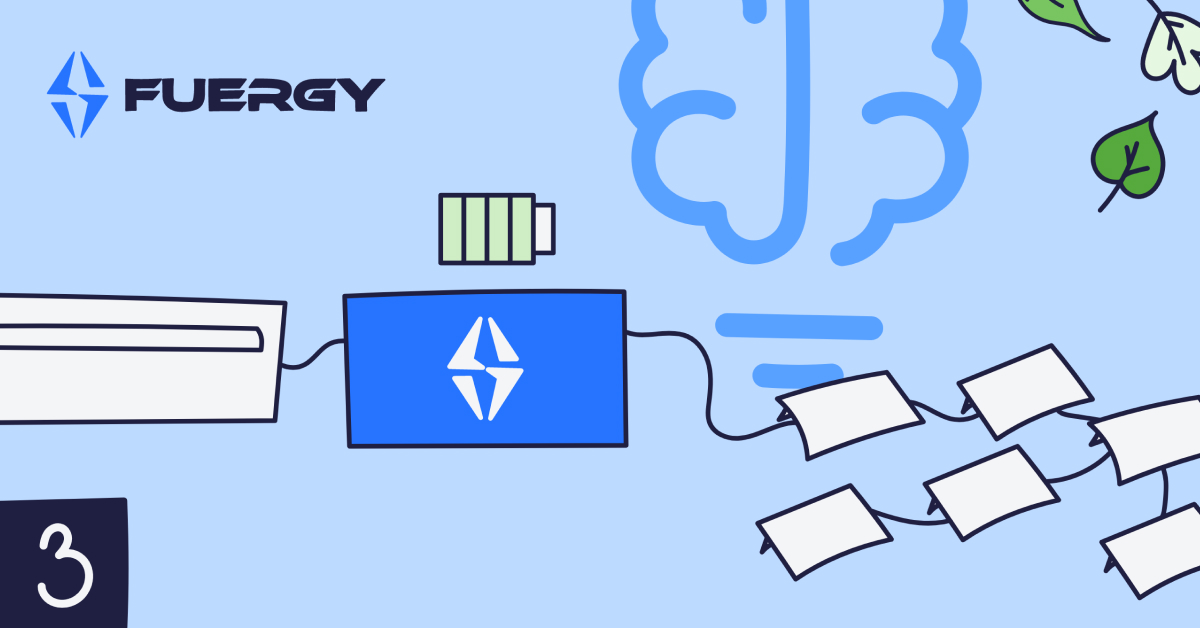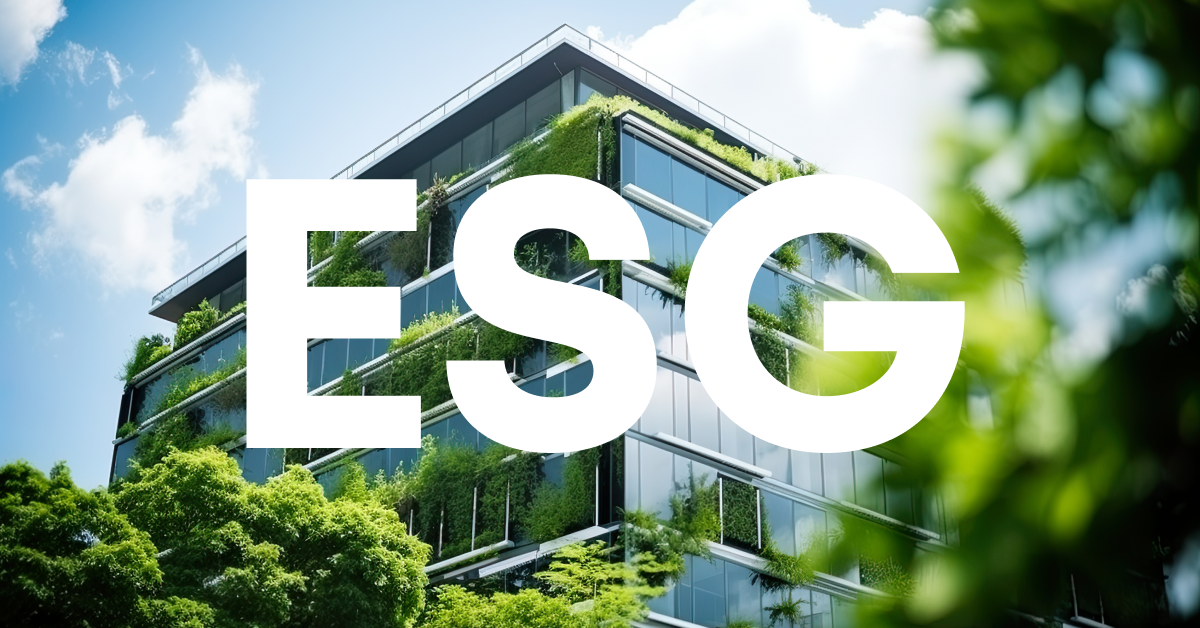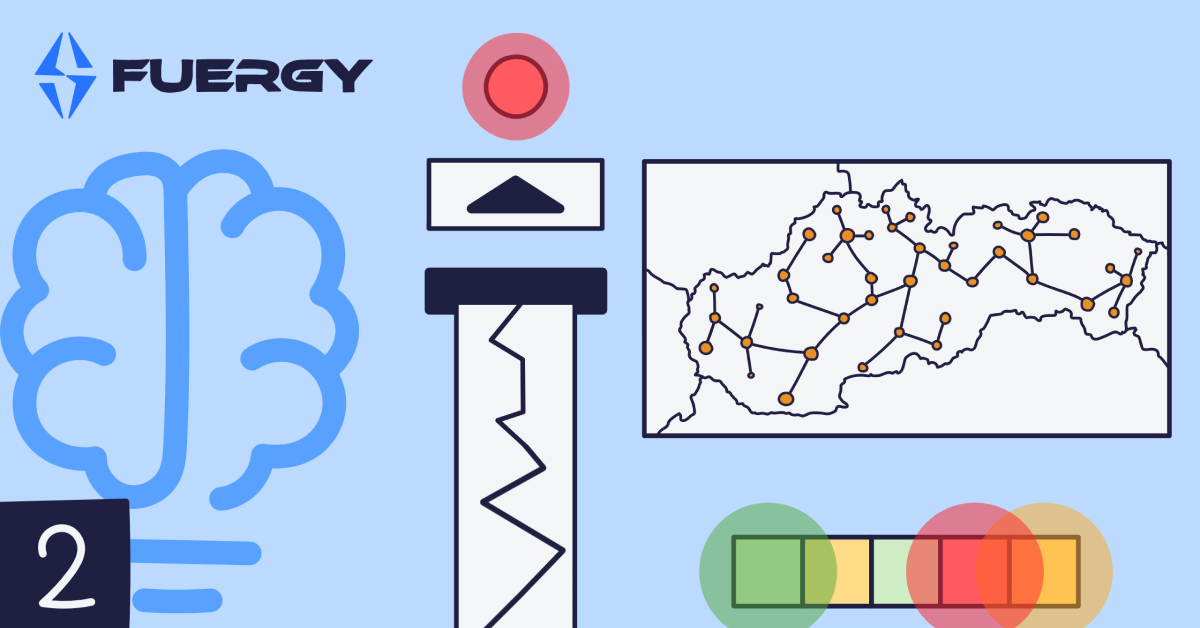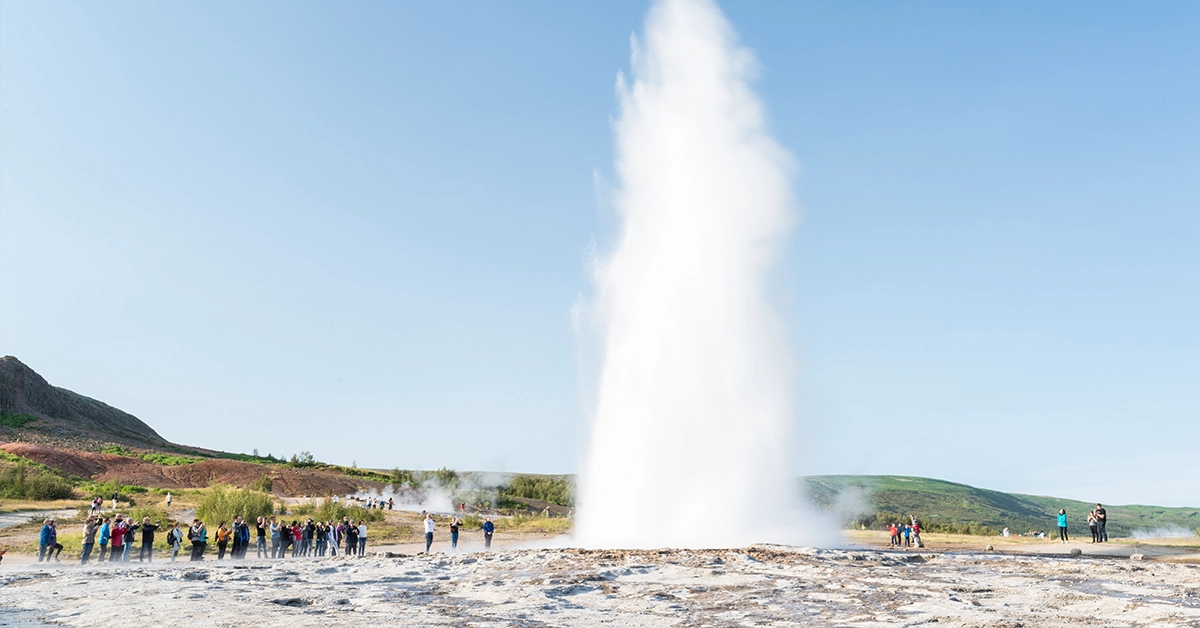
Geothermal energy is converting the residual heat, continuously produced inside the earth, by the radioactive decomposition of rocks arising from the movement of lithospheric plates. This energy is located everywhere below the earth's surface. The 10 km layer of the earth's mantle contains enough energy to cover the global energy consumption for several thousand years.
The most potent areas for utilization of geothermal energy are located on the boundaries of lithospheric plates. One of the most active geothermal areas in the world is situated in the Pacific Ocean and is called the Ring of Fire.
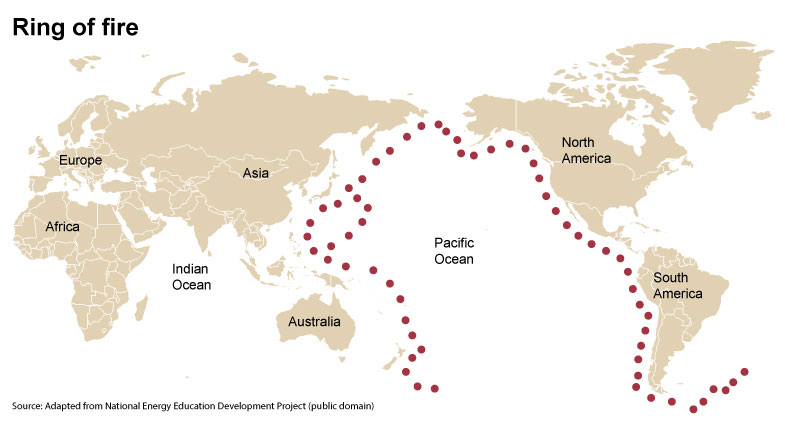
That is why in the U.S. the most geothermal power plants are placed in the western states - close to the Ring of Fire.
The Beginning of the Geothermal Energy Story
Hand in hand with the technological progress in the second half of the 19th century came the first attempts at producing energy from geothermal sources. In 1904, using a 10 KW dynamo, P.P.G. Conti managed to light 5 bulbs. The dynamo was indirectly connected through a heat exchanger to a geothermal well in Larderello in Italy. Few years later, in 1913, the first commercial power plant using geothermal resources was established in this area. As the use of geothermal energy significantly increased, other attempts to produce electricity from geothermal resources followed:
1922 – The first geothermal well in the Geysers area
1958 – Geothermal power plant in Wairakai, New Zealand
1959 – Geothermal power plant in Pathe, Mexico
1960 – Geothermal power plant in Geysers area, California
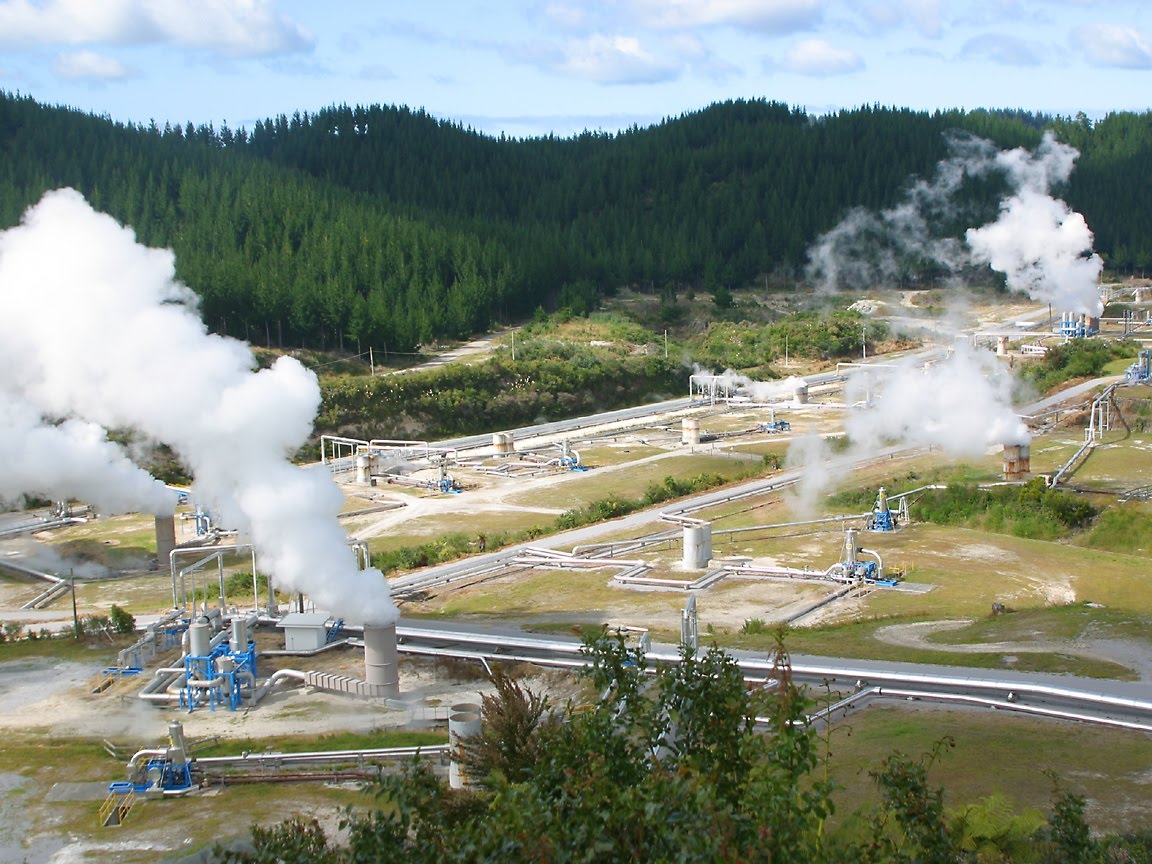
The types of Geothermal Power Plants
Geothermal power plants use hydrothermal resources from deep inside the earth in the form of hot water or dry steam. Both need to keep the temperature of 150 - 370 °C. If we want to use these resources, first we need to drill a well into the earth. With this being done, water (or steam) is run to the surface. That powers a turbine and generates electricity.
There are three basic types of geothermal power plants:
- dry steam power plants
- flash steam power plants
- binary cycle power plants

Dry steam power plants use steam resources. The steam goes directly from the geothermal reservoir to the turbines and drives a generator that produces electricity.
Flash steam power plants, the most common geothermal power plants, use high pressured hot water from deep inside the earth. The water vaporizes (hence “flash”) in the tank and converts to steam. The steam drives the generator turbines and generates electricity. The remaining liquid in the tank can be flashed into a second tank to produce even more energy. This is called a double flash. Once the steam cools down, it condenses to water again. This water is then injected back into the earth to be reused.
In binary cycle power plants, the heat is transferred from geothermal hot water to another (binary) fluid. The second liquid is under a much lower boiling point (commonly used ammonia or isobutane). The more than 130 °C hot water passing through a heat exchanger causes the binary liquid to vaporize. The steam drives the generator turbines. With this being a closed-loop system, nothing is emitted to the atmosphere.
Geothermal Giants
The world's total installed geothermal capacity in 2018 was 14,600 MW, enough energy to power almost 11 million households. The world's leaders in geothermal energy use are Iceland and the Philippines. These countries gain up to 30% of their power from geothermal sources.
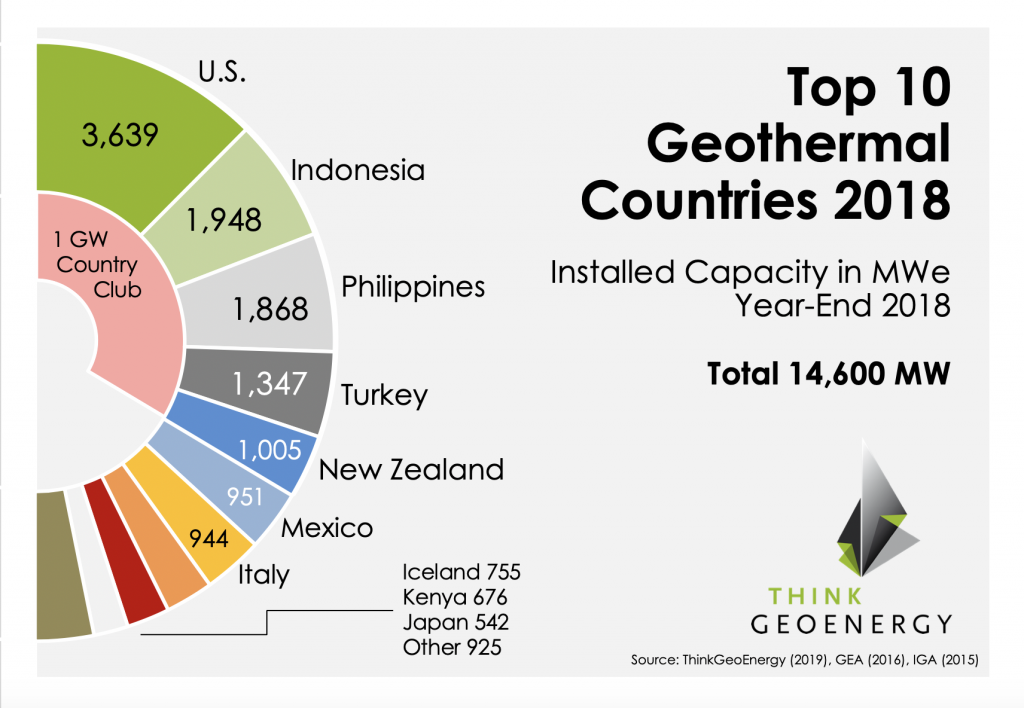
The world's largest geothermal power plant is The Geysers Geothermal Complex in California’s Mayacamas Mountains in the U.S. The complex covers the area of 78km² (30² miles) and contains 350 wells with the installed capacity of 1,517 MW. 18 power plants currently operating within the region are able to generate power for 900,000 households.
You can see the actual world’s geothermal power plant map here.
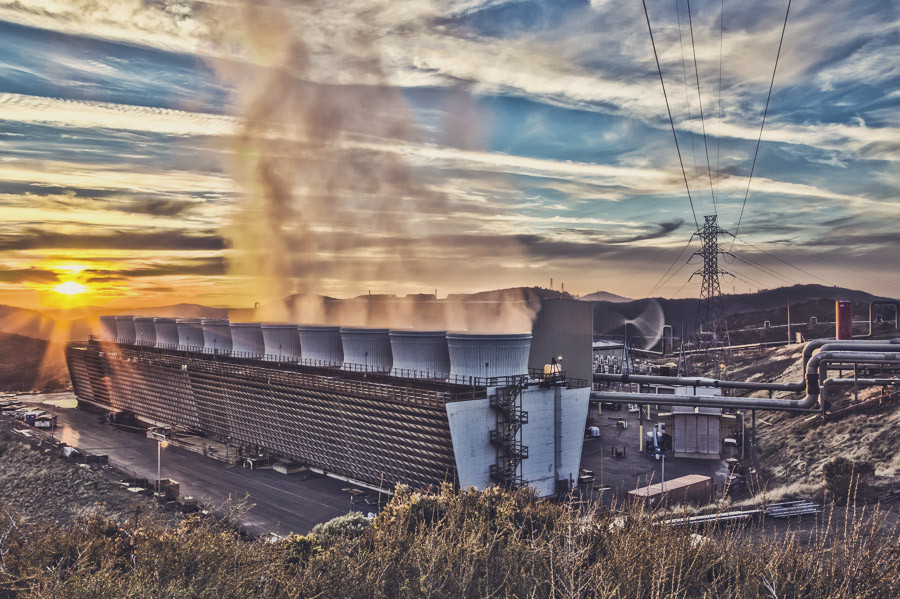
Positive Benefits of Geothermal Power Plants
Thanks to the consistent temperatures near the surface of the earth, geothermal heat pumps are able to heat or cool buildings almost everywhere on earth, not just near volcanic active areas. In winter the pumps transfer the hot water from the ground into the buildings to heat up the houses. The same system is reversed in the summer, so the houses are being cooled down. Geothermal energy doesn’t require any special weather condition unlike the solar or wind power plants. Most of the geothermal power plants recycle the water they use and inject it back into the earth. This process helps in renewing the geothermal resources. Thanks to this closed-loop system, they can be even more reliable than hydroelectric power.
Geothermal heat pumps are considered to be the most environmentally clean, efficient and cost-friendly heating (and cooling) tool.
Geothermal heat pumps are able to save up to 70% on heating bills and 40% on cooling bills. They are a great addition to every ecological and modern household. Paired with energy storage and powered by FUERGY, your home can become truly energy independent.
Are you ready to be part of the renewable energy revolution and take your energy independence to the next level? Contact us today! Our experts are here to help you find a tailor-made solution to your needs.
New dimension of energy optimization

